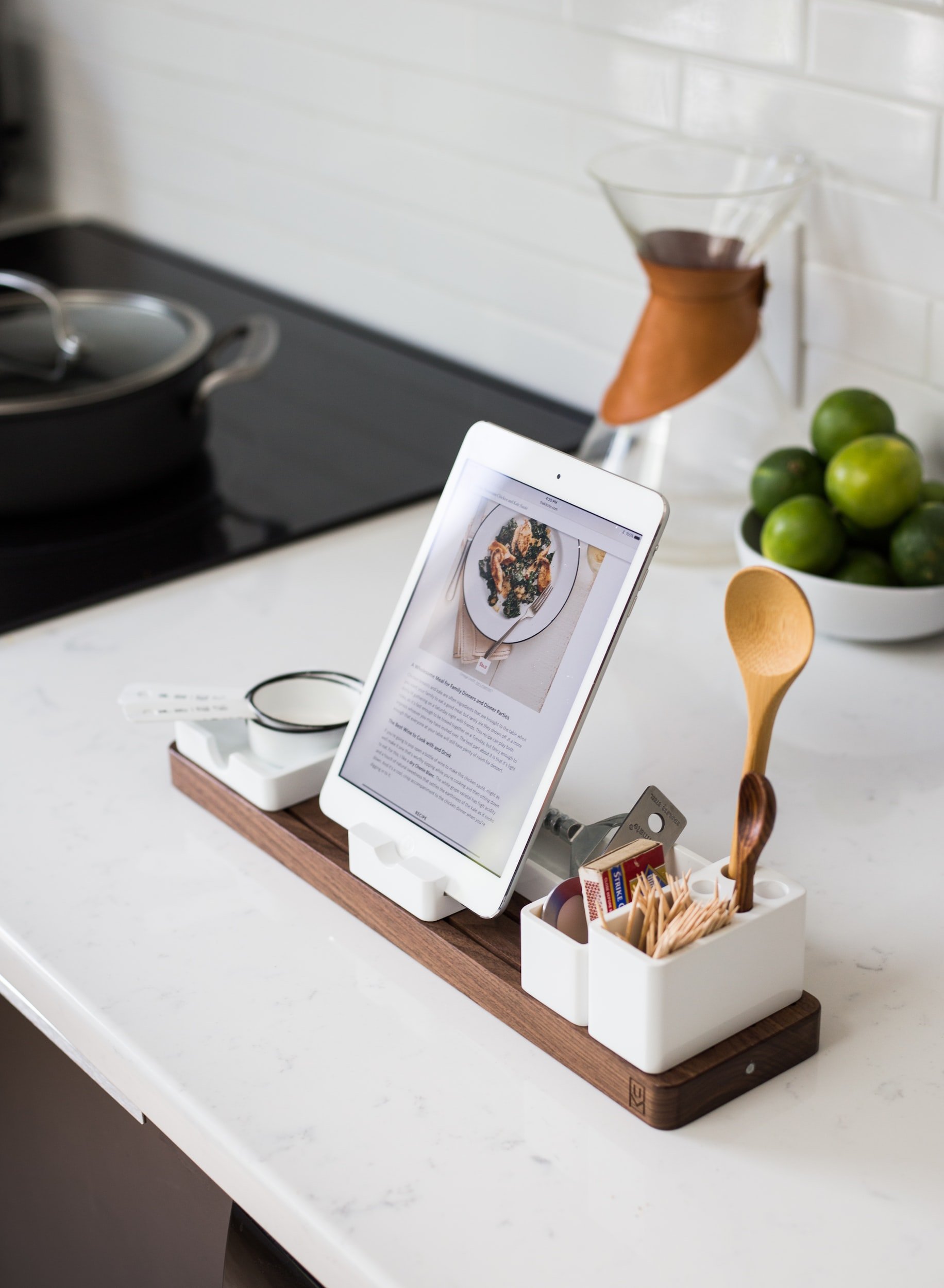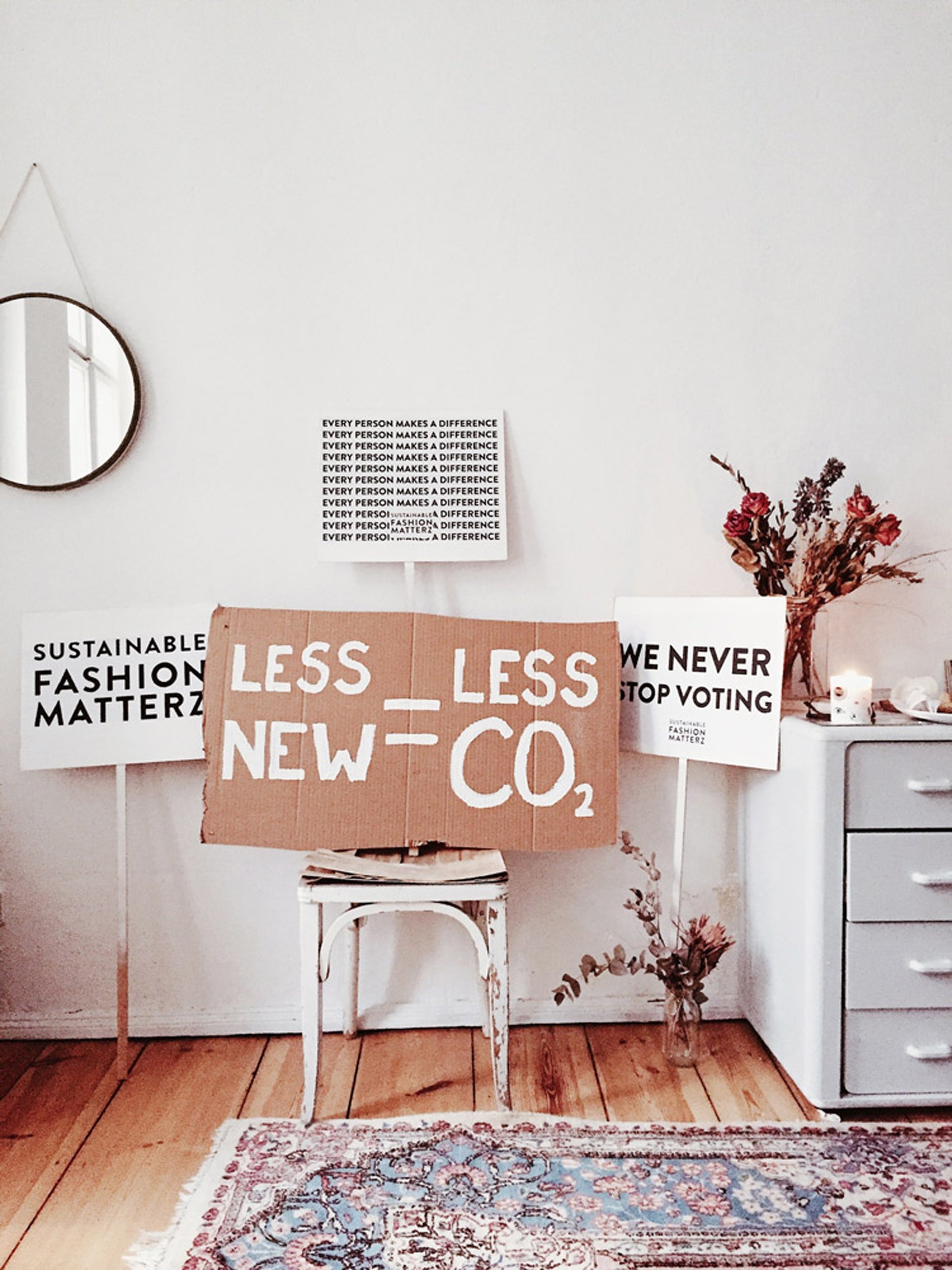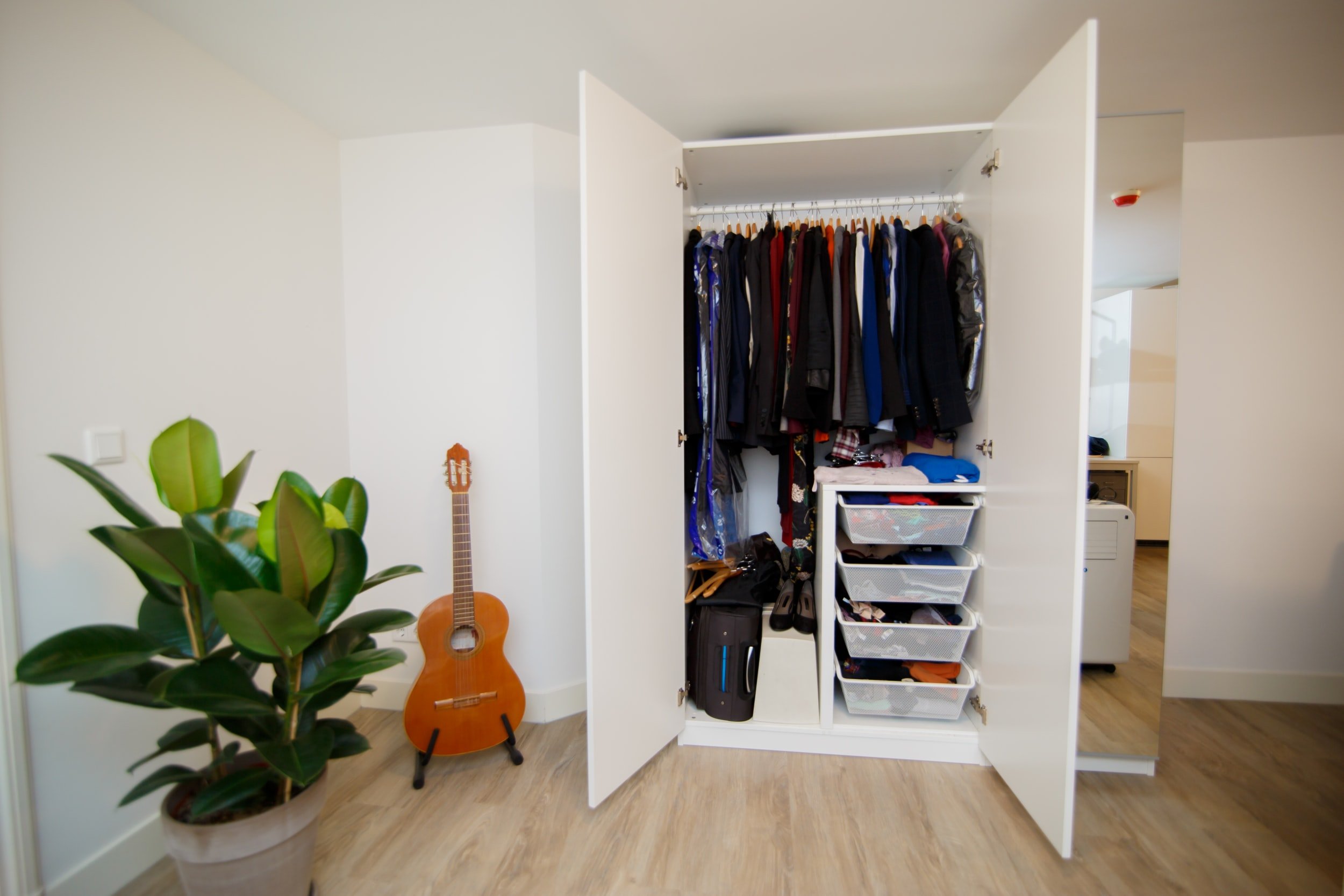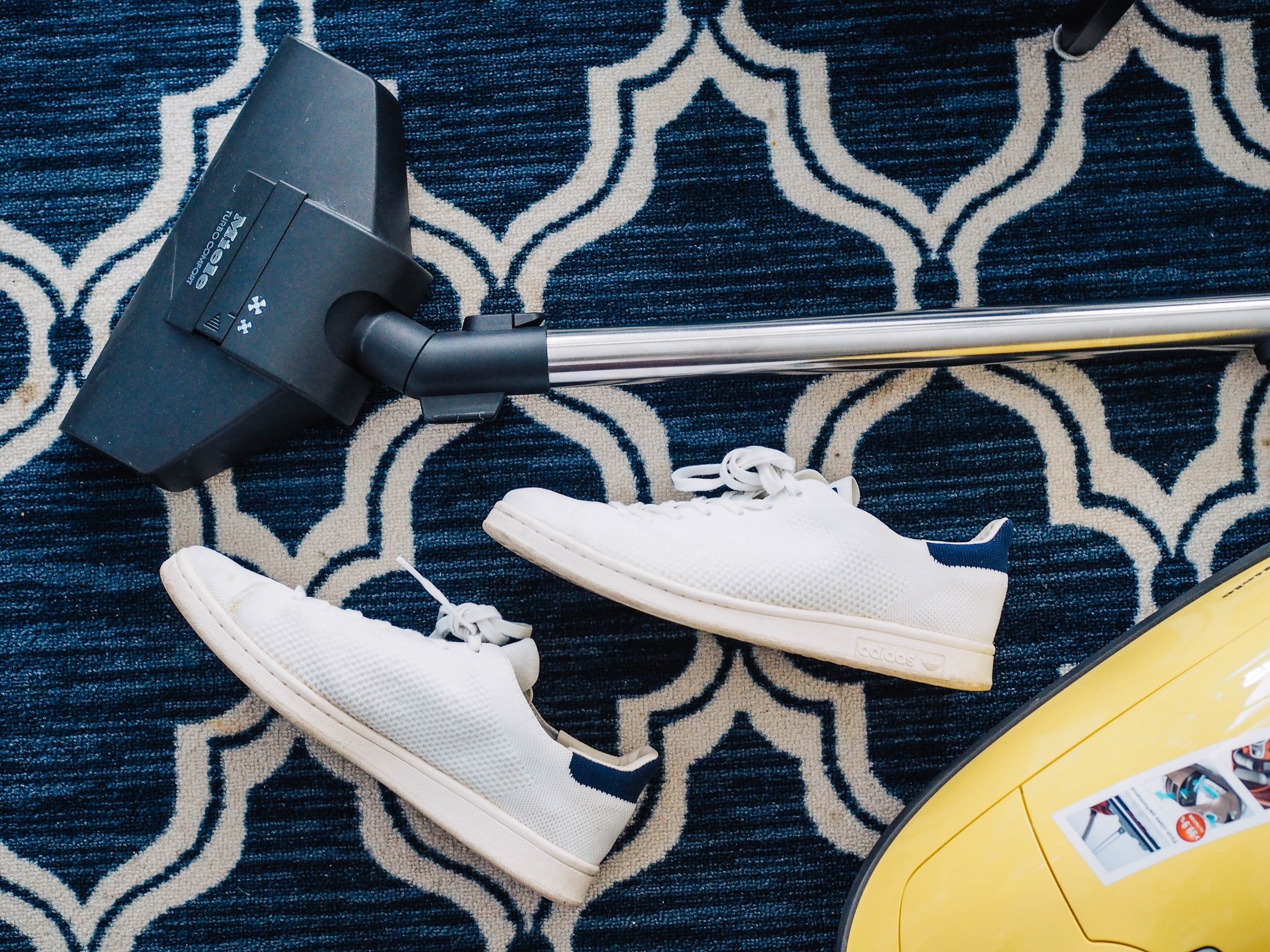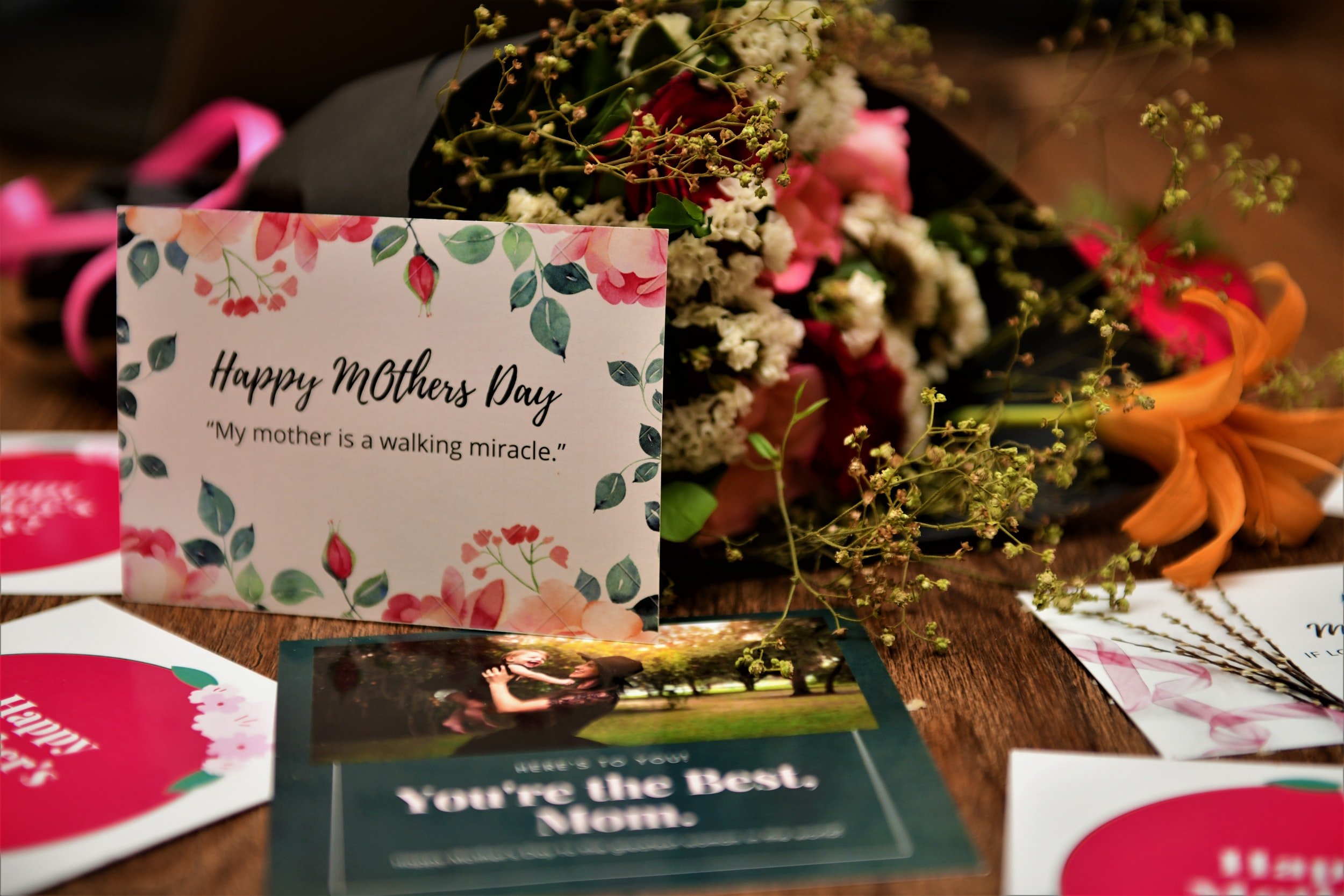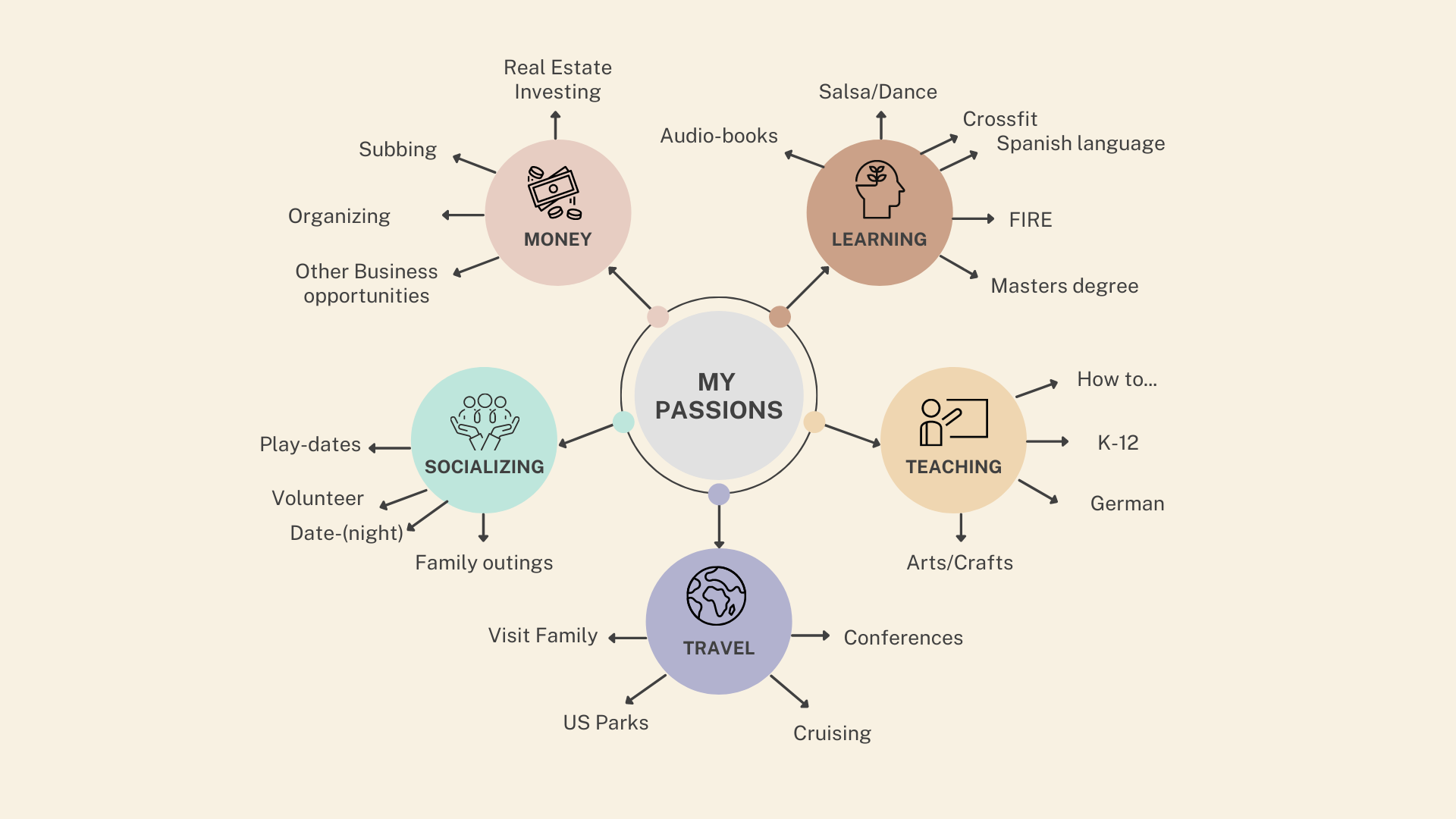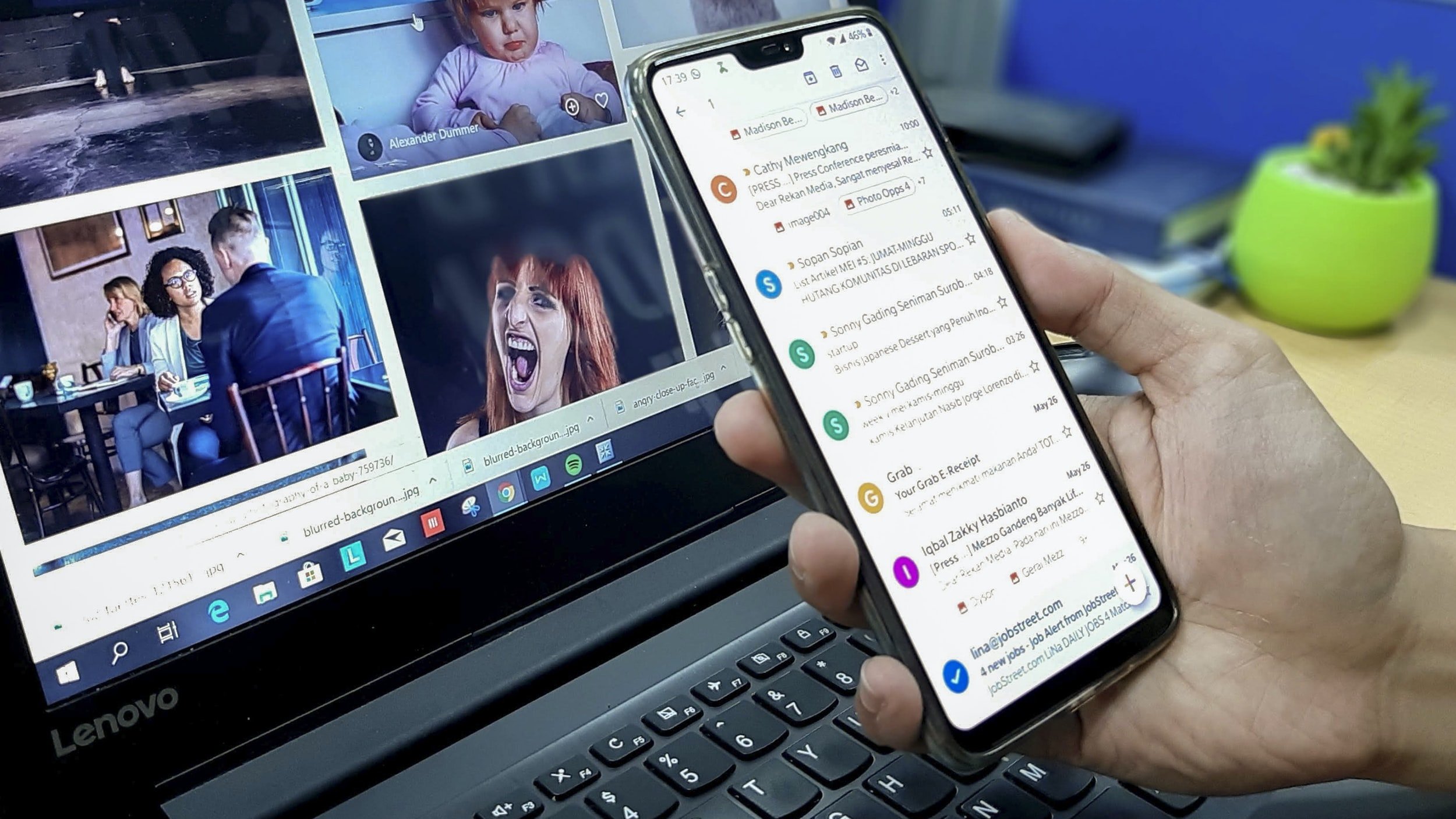Experience Gift Ideas
/For those of us who are more inclined to buy gifts that offer a lasting memory rather than useless trinkets, there's a lot to be said for giving an experience. And no matter what kind of person you're buying for, there's bound to be something on this list that they'll love.
Massage
A massage is a great way to relax and unwind. Massage can help reduce stress and anxiety, improve your immune system, help with muscle tension and pain, encourage better sleep patterns, make you feel more positive about yourself and others.
Masterclass subscription
Masterclass is a new online learning platform that offers a wide range of courses covering everything from comedy to music. You can learn about writing for television and film, start your own podcast, or even master the art of acting.
The $180/year subscription includes dozens of classes from top industry professionals like James Corden, Jimmy Fallon and Steve Martin that you can enjoy whenever you want. They also have free videos on their YouTube channel if you don't want to pay for it all at once!
Masterclass has over 1 million students worldwide so there's bound to be something for everyone no matter what skill level they're at currently. I personally tried out their course on how to write comedy scripts because I wanted something lighthearted in my life after being laid off recently - wouldn't you know it? It turns out this was one of their most popular classes ever so maybe try finding something else instead!
Cooking class
A cooking class is a great experience gift for someone who loves to cook. If you know someone who likes to whip up something new for dinner, a cooking class is the perfect way to develop their skills and learn how to make things they've never tried before. Cooking classes can take place from anywhere from small kitchens in your local area, all the way up through large culinary schools and even professional chefs in some cases.
You'll be able to choose from a wide variety of types of classes depending on what you're looking for. For example, if you want to learn how to make healthier meals, there are plenty out there that focus solely on that topic. Or maybe you're more interested in learning about different cultures' food? There are many options available as well (including some vegetarian-friendly ones). You'll also likely have access to additional materials like recipes and guides that will help guide your practice after the class has ended!
Gym membership
A gym membership is a great gift for anyone! Gym memberships can be paid monthly or per visit, and many gyms offer different classes such as yoga and spin classes. If you want to get better at something specific like lifting weights, there are personal trainers available as well.
City trip
City trips are a great way to spend your time, especially if you have an adventurous spirit. If you haven't already done so, pick out a new city that interests you and plan to visit it this year.
You can do lots of things in a city. Here are some ideas:
Explore the city's museums and art galleries
Eat at restaurants in different neighborhoods
Go shopping at local stores and markets (or take advantage of online shopping)
Take advantage of public transportation services
Cruise
Cruises are a great way to see the world with your family or friends. Cruises can be romantic, relaxing, and fun for all ages. Depending on the cruise you choose, you may have access to a variety of activities that take place on board such as swimming pools, spas, game rooms, theaters and more!
Wine or beer tasting
A wine or beer tasting is a great way to learn more about the finer things in life. It's also a fun activity that can be done with friends.
Here's how to choose a wine or beer-tasting experience:
Look for a venue that offers tastings from small, local vineyards and breweries.
Check online reviews and make sure you're comfortable with the company before you book your first appointment.
Try not to schedule an appointment on Mondays, Tuesdays or Wednesdays—these are slow days for most businesses.
What should you expect from an experience like this? Most venues offer small samples of six different wines (or beers) for around $25-$35 per person—not bad considering that on any given night at many bars in New York City there are bottles of wine priced well above $25! Be sure not only ask questions but also listen carefully because it's easy to miss something while chatting with friends during such an intimate situation as sipping on delicious vintages together!
Escape room
So you've been invited to an escape room. You don't know what that is, but it sounds like fun. There are several popular types of escape rooms:
The classic: You're locked in a room with your friends and have 60 minutes to solve puzzles and find clues to escape from the room before time runs out.
The horror-themed: These can be more frightening than traditional escape rooms, with more traps and monsters lurking in the shadows. Some even involve actors who come through to scare you!
No matter which type of experience you choose, here are some tips for getting ready for your event:
Practice teamwork – It's often said that working together is better than working alone; if two heads are better than one, then five heads must be better than two! Take time beforehand so everyone gets used to working together as a team; this will help when things get difficult during gameplay itself later on down the line when solving all those puzzles together really matters most.
Painting class
There are many painting classes available to you in your area. Most of these are offered at local art studios, but there are also some that take place at home with a professional artist. You may choose to take the class alone or with friends and family. Classes can be geared toward children or adults, as well as beginners or advanced students.
Painting is fun because it allows you to express yourself without any predetermined rules; whatever comes out of the brush is what's right for you!
Resortpass
What is a ResortsPass?
ResortsPass is an online booking and reservation system that allows you to book your next trip at any of our partner resorts. You can book directly through the Resortpass website or by calling our concierge team at 1-888-201-6967.
How do I make a reservation for a Resortpass?
To make reservations at one of our participating resorts, visit www.ResortPassCars.com/resortpass/booking/. Select the location you would like to visit by clicking "Select Location" and then scroll down until you reach the city where you want to stay (the top cities are listed first). Once you have selected your desired city, select whether this is going to be a vacation trip or just a weekend getaway by clicking either "Vacation" or "Weekend Getaway." Next, choose how long - in days - that this trip will last from Monday through Sunday (inclusive). Finally, click "Go!"
Amusement park
If you're looking for an experience gift for your child, then an amusement park is a great choice. These parks typically have rides and attractions that children love, such as roller coasters, water rides, and other fun activities. You'll find amusement parks in many different sizes and shapes to choose from. Some are more family-friendly than others, while some are geared toward teenagers or adults only. Some parks also focus on specific interests (such as theme parks), while others will have several different types of attractions all under one roof!
The cost of an amusement park depends on which type of attraction you choose to visit; if it's during the summer months when most people want to go hang out at these places anyway then expect higher prices due to increased demand!
There are many experience gifts to give, and you can tailor them to the person receiving them.
You might be wondering what type of experience gift to give. You can tailor the experience gift to fit your friend’s personality and interests. For example, if you know someone who is a sports lover, consider getting them tickets for their favorite team or a season pass to their local gym/fitness center. A wine lover would love an afternoon at a vineyard! Is your brother-in-law just starting his own business? A corporate mastermind session will help him learn from others who have been in his situation before and give him confidence that he can succeed! If you want to get outside of the box, consider an afternoon spent learning about gardening or cooking together at The Cookbook Store in Portland, Oregon.
If you're not sure how much time they'll spend on it right away…you could even start with something small like this book called "1000 Awesome Things" by Neil Pasricha . It's filled with positive things people can do every day--it's like having Oprah as your own personal cheerleader!









